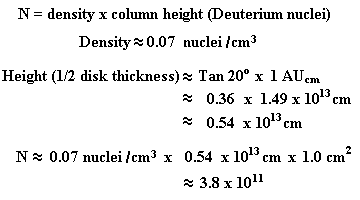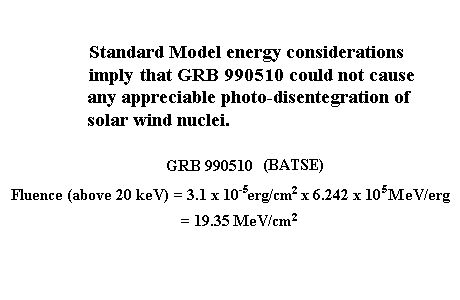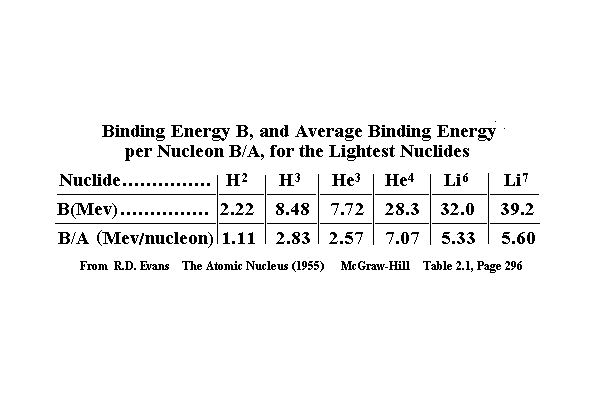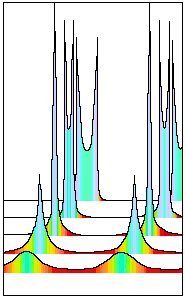Poster frames follow. Some explanatory notes have been added.
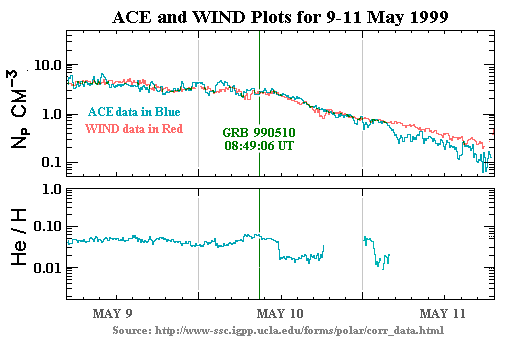
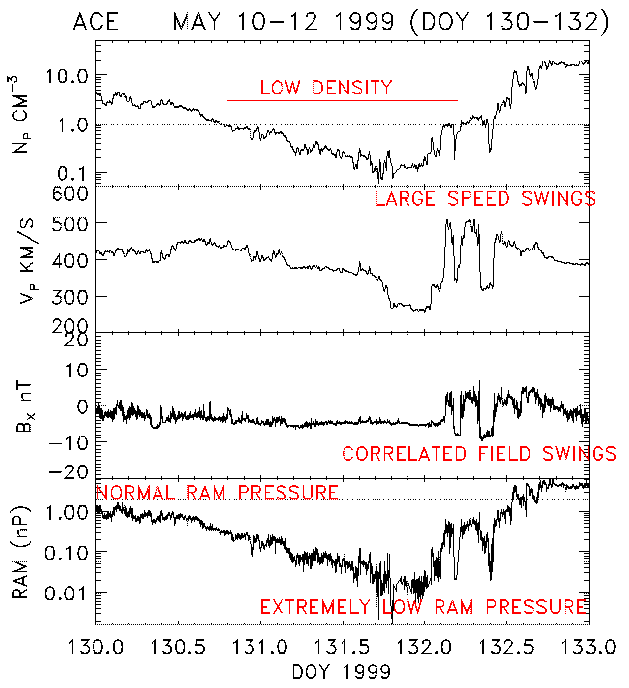
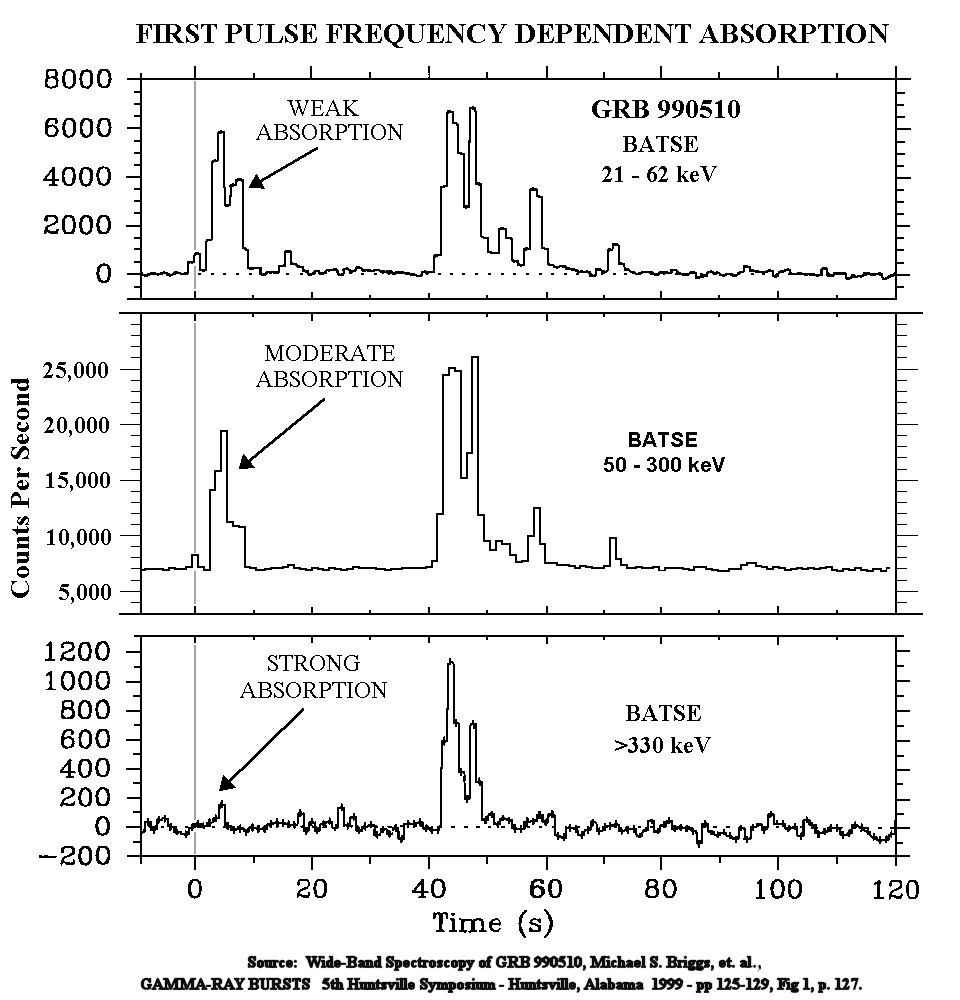
Note
The next frame shows a light curve for two cycles of a Ritzian relativity gamma-ray repeater. The "split peaks" of each
pulse correspond to a binary-to-extinction distance equal to the de Sitter c+v versus c-v overtaking distance. The
light curve, in this example, is for a single visible binary component. The more complex light curve of GRB 990510 may be
interpreted as evidence (in accordance with the Ritzian hypothesis) that both components of a binary system were visible.
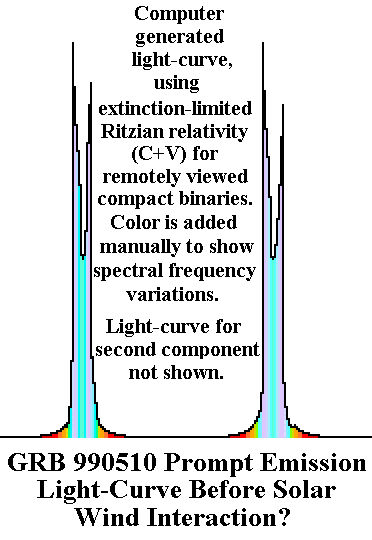
Note
See the family of curves, from which this figure came, in the final poster frame.
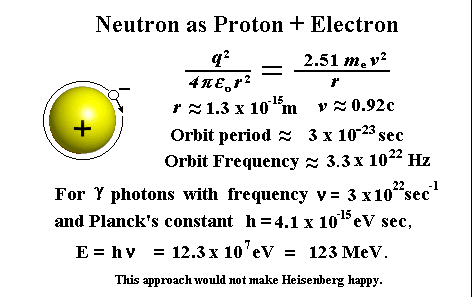
Note
In 1920 two different researchers proposed that the neutron might be comprised of a proton and a
bound electron. See W.D. Harkins, J. Am. Chem. Soc., 42, 1956, (1920) and E. Rutherford,
Proc. Roy. Soc. A., 97, 374, (1920). It appears that Harkins may have priority on this issue.
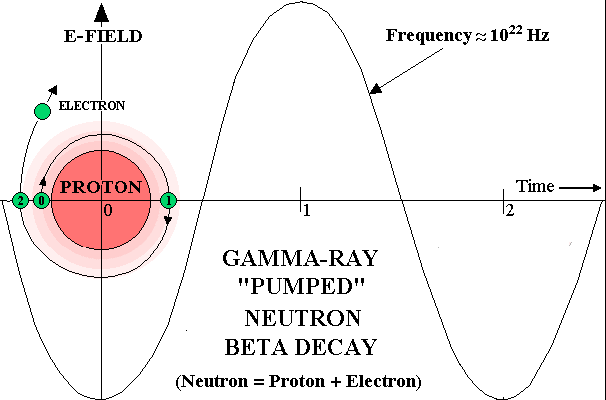
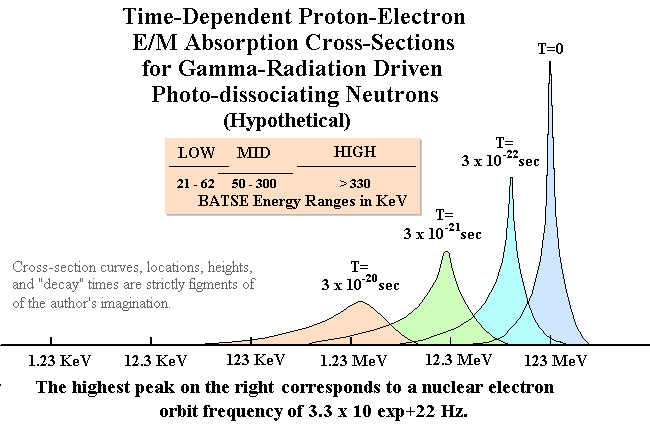
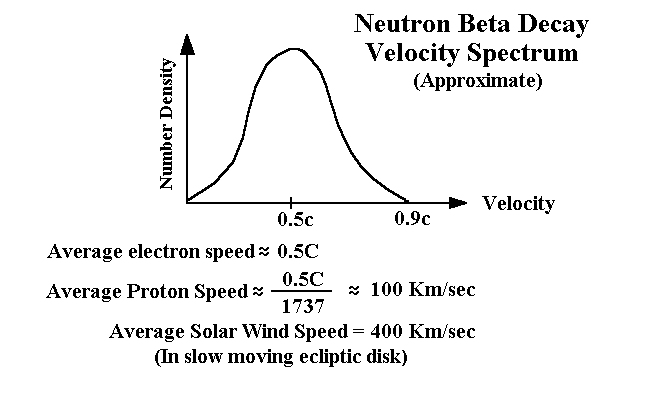
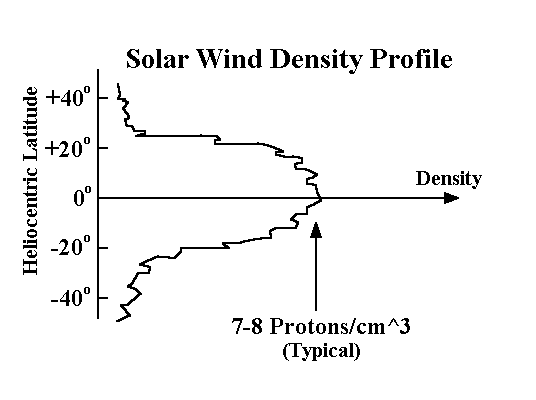
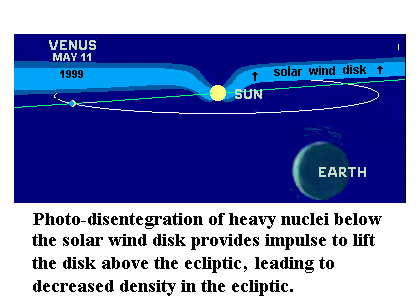
Post Conference Noteshown in the preceding diagram) to be a viable process, but rather that the material in the Solar wind was explosively dispersed by Gamma-induced photodissociation. [Added 07 Jul 2007.]
|
